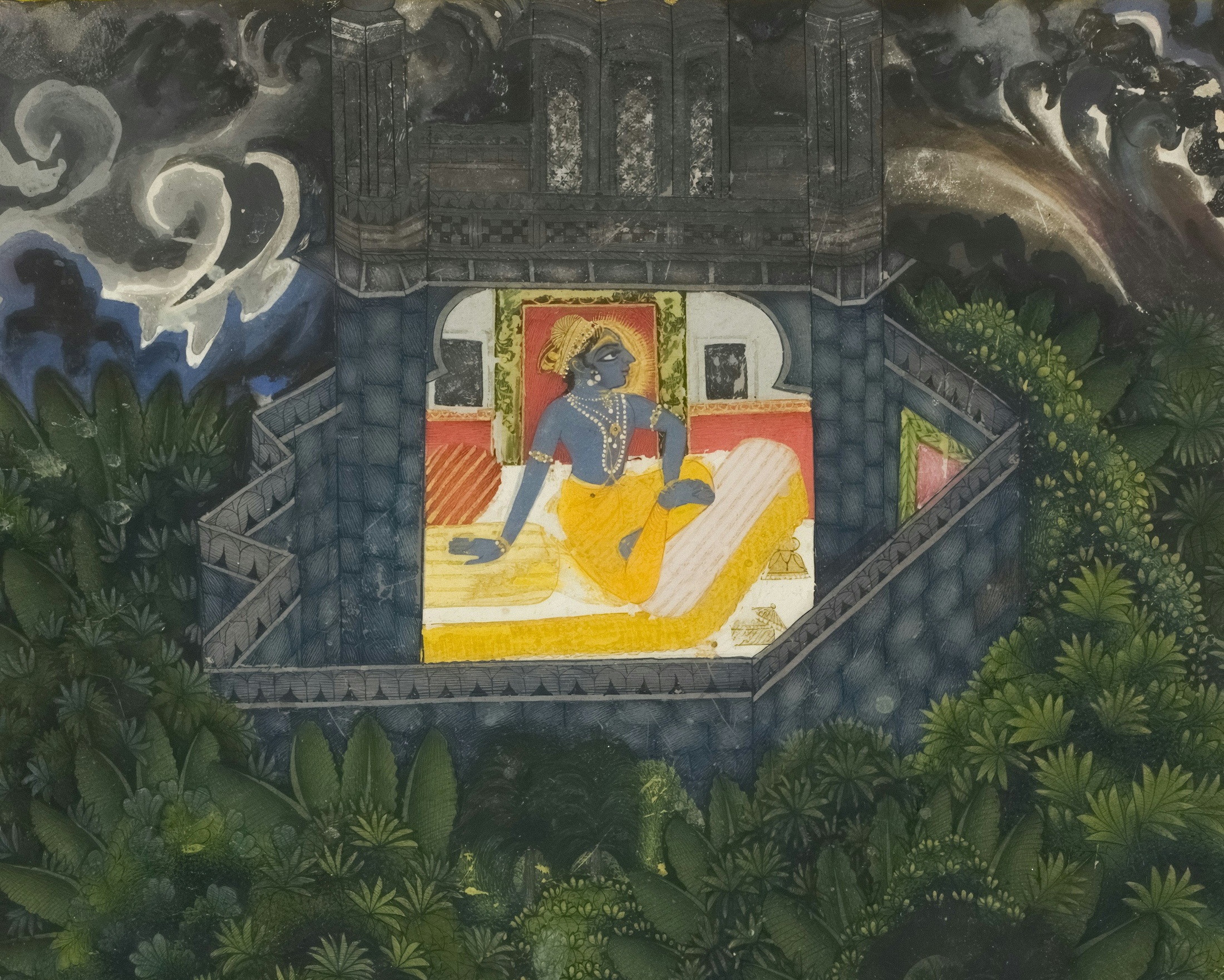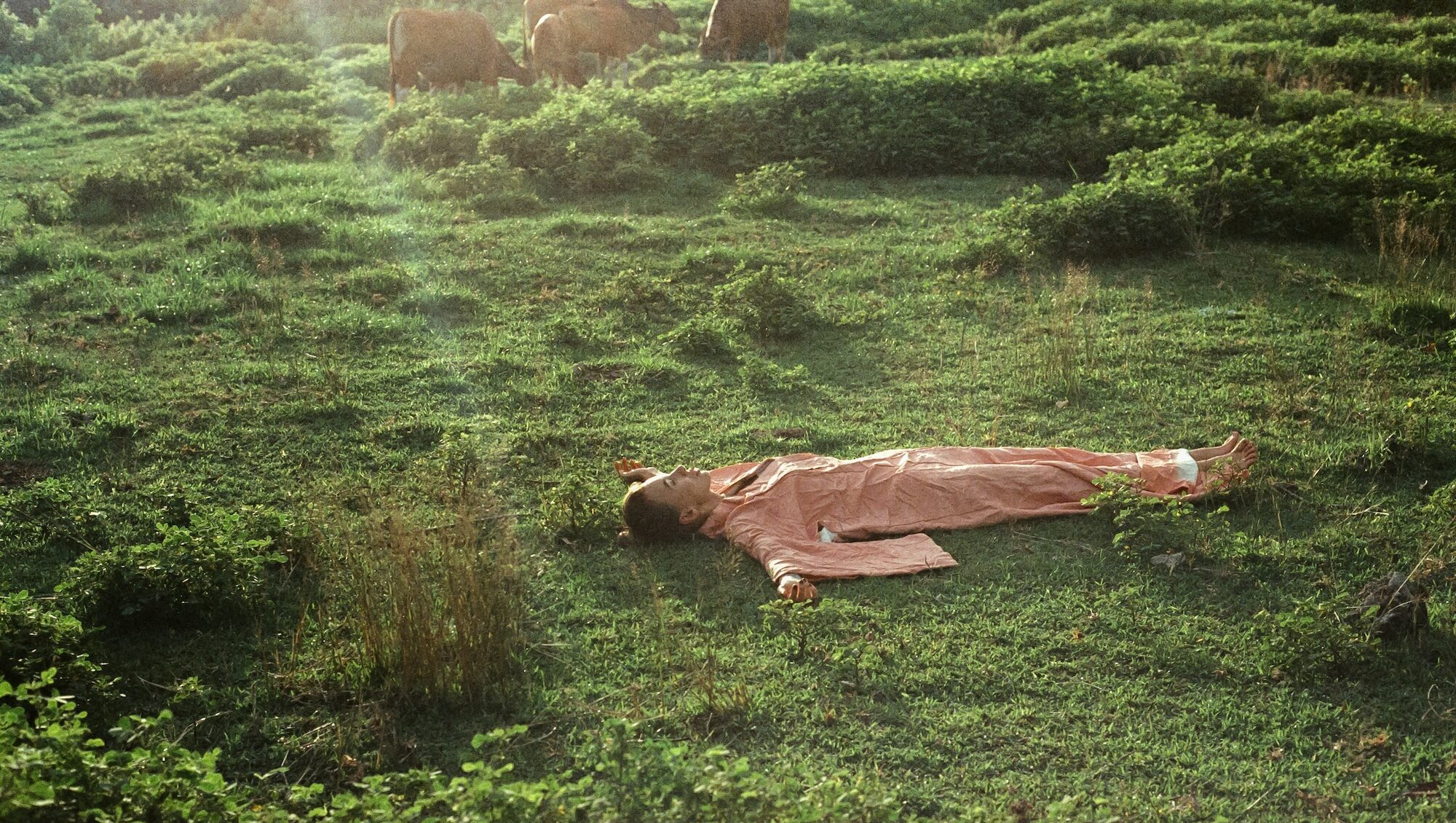Photo by art institute of chicago
Yoga and meditation offer more than personal insight. They teach us how to pay attention.
Calmness is not a static state. It is an active practice of presence, sustained in the body and extended into the world. Yoga and meditation, two practices that center attention and bring awareness into the body, offer more than tools for personal wellbeing. They provide models for how we might engage with the design process itself. Models grounded not in speed or productivity, but in attention, presence, and discernment.
In yoga, we are invited to notice. To return again and again to the breath, to the sensations of the body, to the space we occupy. This quality of noticing is not about achieving a result. It is about deepening awareness. The same goes for meditation. It is not a technique for optimizing the mind, but a practice for observing how it moves, shifts, contracts, and opens. These practices do not demand that we do more, but that we be with what is already there.

Photo by art institute of chicago
Staying with Not Knowing
What would it mean to approach design in this way? To begin with noticing. To slow down enough to feel the textures of a problem space before rushing to frame or fix it. To allow ambiguity to exist without immediately dissecting it into user flows or wireframes. To stay with the discomfort of not knowing.
This is not the rhythm of most design work today. Iteration has become a ritual of urgency. Thinking is often replaced by prototyping. In many contexts, we are taught to fail fast rather than pause well.
Introducing Calm Thinking
But there is another way. We can cultivate a different rhythm. One that does not reject iteration or agility, but balances them with what I call calm thinking: a quality of attention we bring to our work, our collaborators, and the systems we design within. Calm thinking does not mean slowing everything down indefinitely. It means becoming aware of when and why we speed up, and what might be lost in the process.
Calm thinking is a refusal to treat every moment in the design process as a problem to be solved. It is a way of honoring emergence, listening deeply, and creating from presence. It draws from embodied practices like yoga and meditation, not as metaphors but as modes of being. These practices teach us how to return to ourselves so that we can return to the world with greater clarity.

Photo by art institute of chicago
Bringing Calm Thinking Into Practice
If calm thinking is a way of being, how might it become a way of doing? Here are some simple, intentional practices to integrate calm into your design process, without abandoning rigor or creativity.
1. Begin with a Check-In
Before jumping into a workshop, sprint, or meeting, take two minutes as a team to land. You can guide a short breathing practice, invite people to notice their body posture, or simply ask how everyone is arriving today. This small pause builds presence and shifts the tone from urgency to attentiveness.
2. Design from the Body, Not Just the Brain
During ideation or synthesis, experiment with embodied approaches. Walk around while reflecting. Use gestures, physical materials, or even yoga-inspired postures to explore a challenge. This taps into other forms of knowing and is especially useful when working with complex or emotional design spaces.
3. Practice Non-Reactivity in Research
When conducting user interviews or testing sessions, meditate (even briefly) beforehand. Enter the space with an open, receptive mind. Resist the urge to interpret or fix while listening. Let insights emerge slowly, over time, just as in meditation we observe thoughts before acting on them.
4. Make Room for Not Knowing
Create moments in the project timeline for sitting with ambiguity. Instead of forcing fast answers, carve out reflection sessions with no agenda other than noticing: what feels clear? What feels murky? What are we avoiding? This cultivates discernment, a key aspect of calm awareness.
5. Close With Care
After a session, don’t rush to the next thing. End with a few breaths, a quiet moment of gratitude, or a short journaling prompt. Let people notice what shifted during the work. This allows closure, integration, and rest, the nervous system’s allies in deep creativity.
Practicing Presence
We designers often speak of empathy. But empathy is thin when it is rushed. Presence is what allows us to really notice what is happening, both in others and in ourselves. Without presence, we risk designing for assumptions rather than for people. We replicate patterns of urgency and extraction. We confuse movement with progress.
To design with presence is to design with care. And care is not soft. It is a commitment to paying attention, especially when it is inconvenient. Especially when we are being told to move faster.
Calm thinking is not a luxury. It is a necessity, for meaningful, ethical, and sustainable design. By integrating practices of attention and embodiment, we can slow down just enough to see clearly, and to shape with more care.



